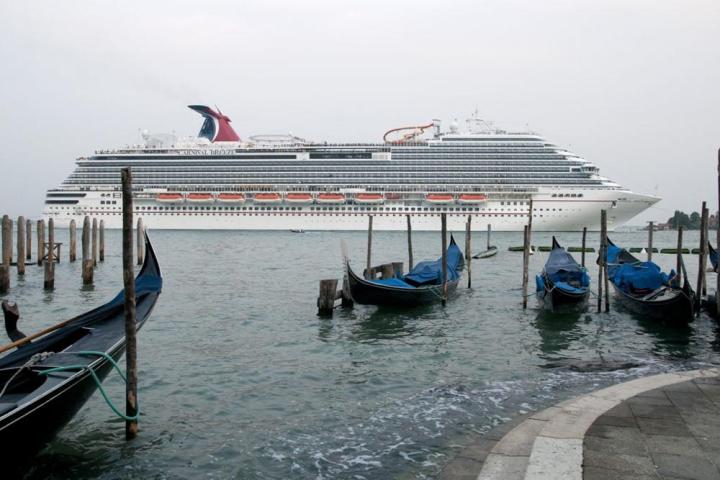
Called WiFi@Sea, Carnival plans to use a network that consists of land-based antennas that deliver long-range Wi-Fi along cruise routes (up to 40 miles); in-port Wi-Fi when docked; and satellite-based Wi-Fi when a ship is in open waters. The ship’s system will automatically switch between the available networks (Carnival says it should be as seamless as a cell phone switching between cell networks, depending on location). This hybrid system will deliver speeds that are 10-times faster than the existing C-band satellite system, and it is also flexible, in that it can adapt as technology changes.
“The ‘smart hybrid’ network is designed to provide passengers and crew with faster and more stable internet access throughout their voyage – a feature becoming increasingly important to travelers of all ages looking to stay connected and share their experiences through social media,” Carnival says in its release.
Related: World’s first “smart” cruise ship features robot bartenders, virtual balconies and more
Carnival has been beta-testing the service, and has decided to inaugurate it after positive feedback from users. Carnival will launch the service during the fourth-quarter of 2014, onboard ships sailing in the Caribbean. The technology will then roll out across other regions, until completion in 2016. Besides Carnival-branded ships, the technology will also be implemented into Carnival’s other brands, which include AIDA Cruises, Costa Cruises, Cunard, Holland America Line, P&O Cruises UK, P&O Cruises Australia, Princess Cruises, and Seabourn. Pricing has yet to be announced, and will be determined by each brand.
“We believe it will also help us attract new cruisers, especially millennials who have made connectivity and social media an everyday part of their lives,” said Carnival’s senior VP and global chief information officer, Ramon Millan. “In terms of the technology, the smart hybrid network represents an innovative solution designed for the unique circumstances of providing wireless Internet access on our cruise ships sailing around the world.”


